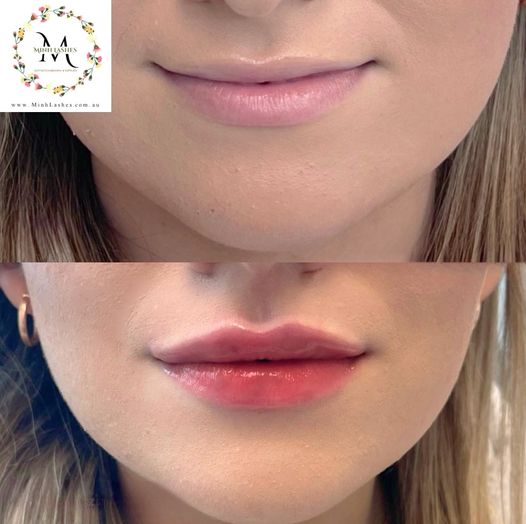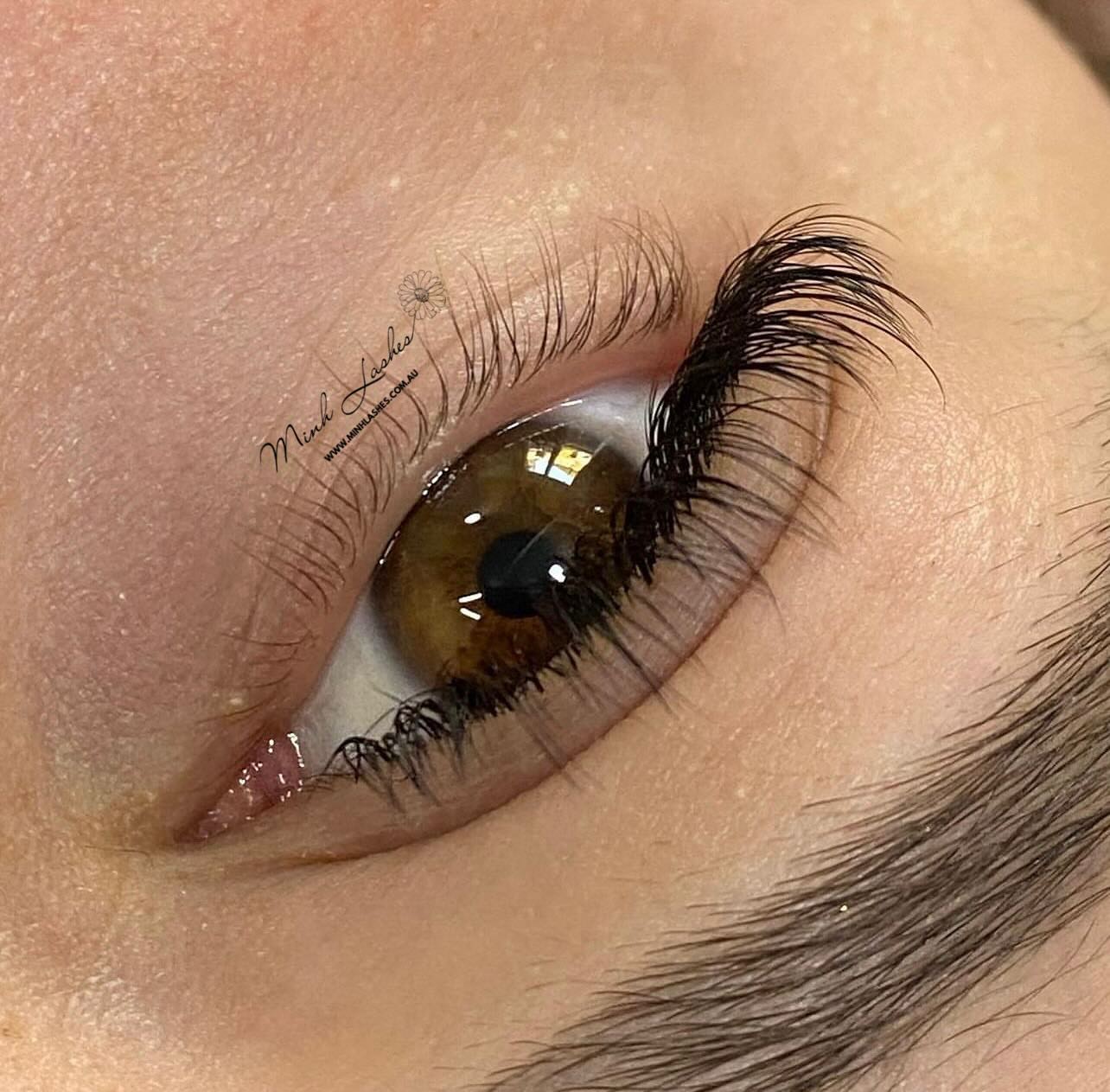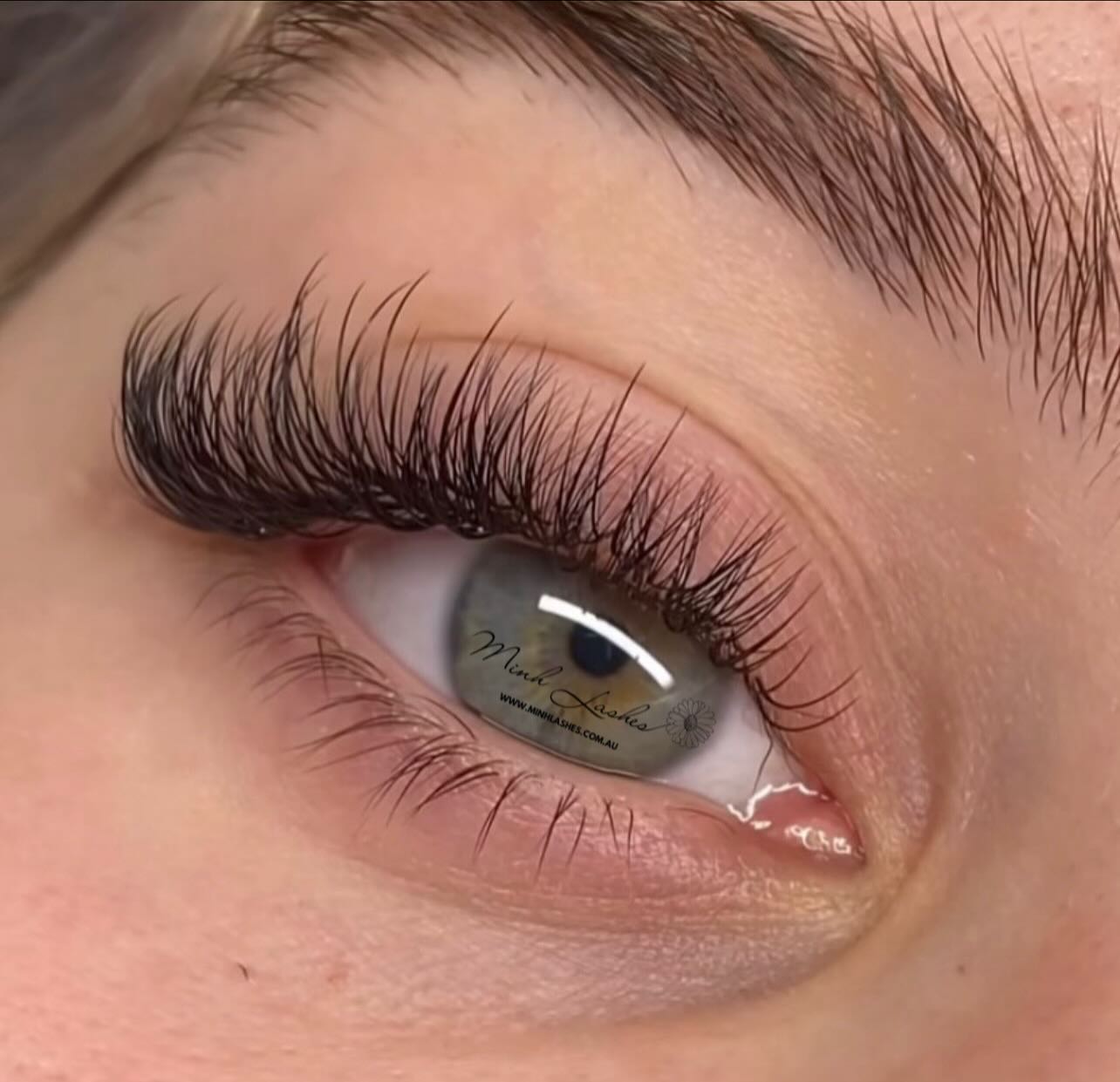The Ultimate Guide to Lip Injection Fillers: Enhancing Your Smile
Lip Injection Fillers: What You Need to Know Before Taking the Plunge Introduction to Lip Injection Fillers Lip injection fillers have become increasingly popular in recent years, offering a non-surgical way to enhance the appearance of lips. Whether you’re looking to add volume, improve symmetry, or simply boost your confidence, lip fillers can provide a […]
Lip Injection Fillers: What You Need to Know Before Taking the Plunge
Introduction to Lip Injection Fillers
Lip injection fillers have become increasingly popular in recent years, offering a non-surgical way to enhance the appearance of lips. Whether you’re looking to add volume, improve symmetry, or simply boost your confidence, lip fillers can provide a customizable solution. In this comprehensive guide, we’ll explore everything you need to know about lip injection fillers, from the different types available to aftercare tips.
Types of Lip Fillers
There are several types of lip fillers available on the market, each with its own unique properties:
- Hyaluronic Acid (HA) Fillers: The most common type of lip filler, HA fillers are temporary and can last 6-12 months. Popular brands include:
- Juvederm
- Restylane
- Belotero
- Calcium Hydroxylapatite (CaHA) Fillers: These fillers last longer than HA fillers, typically 12-18 months. However, they’re less commonly used for lips.
- Poly-L-Lactic Acid (PLLA) Fillers: These stimulate collagen production and can last up to 2 years, but are not typically used for lips due to potential lumpiness.
- Polymethylmethacrylate (PMMA) Fillers: These are semi-permanent fillers that can last up to 5 years, but are rarely used for lip augmentation due to potential complications.
The Lip Injection Process
The lip injection process is relatively quick and straightforward:
- Consultation: Your provider will discuss your goals and recommend the best filler type for you.
- Preparation: The lips are cleaned and numbed with a topical anesthetic.
- Injection: The filler is carefully injected into specific areas of the lips using a fine needle or cannula.
- Massage: The provider may gently massage the lips to ensure even distribution of the filler.
- Review: You’ll have a chance to see the immediate results and discuss any touch-ups if needed.
The entire process typically takes 15-30 minutes, and you can resume most normal activities immediately after.
Benefits of Lip Fillers

Lip Injection Fillers
Lip injection fillers offer numerous benefits:
- Enhanced Volume: Fillers can add fullness to thin lips or restore volume lost due to aging.
- Improved Shape: They can help correct asymmetry and define the lip border.
- Smoother Texture: Fillers can smooth out fine lines around the mouth.
- Customizable Results: The amount of filler can be tailored to achieve your desired look.
- Quick Procedure: With minimal downtime, it’s often called a “lunchtime procedure.”
- Temporary Nature: If you’re unhappy with the results, most fillers will naturally dissolve over time.
Potential Risks and Side Effects
While lip injection fillers are generally safe, there are some potential risks and side effects to be aware of:
- Bruising and Swelling: Common in the first few days after treatment.
- Infection: Rare, but possible if proper sterile techniques aren’t used.
- Allergic Reactions: Uncommon, but can occur, especially with certain types of fillers.
- Lumps or Irregularities: Can sometimes occur if the filler isn’t injected properly.
- Vascular Occlusion: A rare but serious complication where filler blocks a blood vessel.
It’s crucial to discuss these potential risks with your provider before proceeding with treatment.
Choosing the Right Provider
Selecting a qualified and experienced provider is crucial for achieving safe and satisfactory results. Consider the following when choosing a provider:
- Credentials: Look for a board-certified dermatologist, plastic surgeon, or licensed medical professional with specific training in lip injections.
- Experience: Ask how many lip filler procedures they’ve performed and request before-and-after photos of their work.
- Consultation: A reputable provider will offer a thorough consultation to discuss your goals, expectations, and any concerns.
- Reviews: Check online reviews and testimonials from previous patients.
- Facility: Ensure the procedure will be performed in a clean, professional medical setting.
Remember, the cheapest option isn’t always the best when it comes to cosmetic procedures. Prioritize safety and expertise over cost.
Aftercare and Maintenance
Proper aftercare is essential for optimal results and quick recovery:
- Ice Application: Apply ice packs to reduce swelling in the first 24-48 hours.
- Avoid Touching: Refrain from touching or massaging your lips for at least 24 hours after the procedure.
- Skip Makeup: Don’t apply lipstick or other lip products for at least 24 hours.
- Stay Hydrated: Drink plenty of water to help the filler settle properly.
- Avoid Strenuous Exercise: For 24-48 hours after the procedure.
- Follow-up: Attend any recommended follow-up appointments with your provider.
To maintain your results, you’ll typically need to repeat the treatment every 6-12 months, depending on the type of filler used and how quickly your body metabolizes it.
Frequently Asked Questions
Q: Are lip injection fillers painful?
A: Most patients report minimal discomfort. The lips are numbed before the procedure, and many fillers contain lidocaine for additional pain relief.
Q: How long do lip fillers last?
A: The duration varies depending on the type of filler used, but most last 6-12 months. Some newer formulations can last up to 18 months.
Q: Can lip fillers be reversed?
A: Hyaluronic acid fillers can be dissolved using an enzyme called hyaluronidase if you’re unhappy with the results.
Q: Will my lips look natural after fillers?
A: When done by a skilled provider, lip fillers should enhance your natural features without looking overdone. Communicate your desired outcome clearly with your provider.
Q: Is there any downtime after lip injections?
A: While you can resume most activities immediately, you may experience some swelling and bruising for a few days. Plan important events at least two weeks after your treatment.
Conclusion
Lip injection fillers offer a versatile and relatively low-risk way to enhance your lips and boost your confidence. By understanding the process, choosing the right provider, and following proper aftercare, you can achieve the fuller, more defined lips you desire. Remember, the key to a successful lip filler experience lies in clear communication with your provider and realistic expectations. If you’re considering lip fillers, take the time to research and consult with a qualified professional to determine if they’re right for you.






 Cart
Cart




